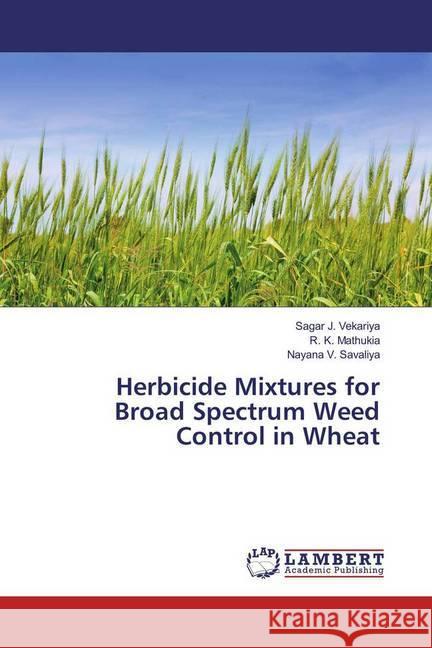Herbicide Mixtures for Broad Spectrum Weed Control in Wheat » książka
Herbicide Mixtures for Broad Spectrum Weed Control in Wheat
ISBN-13: 9783659123443 / Angielski / Miękka / 2017 / 164 str.
Approximately one-sixth of the total arable land in the world is cultivated with wheat. In Indian agriculture, wheat assumes a special significance on account of its utilization as food, feed and fodder besides several industrial uses. The high nutrient and water requirements along with less competitive nature of the high yielding dwarf varieties provide conducive environment for weed infestation. Wheat field is generally infested from several monocot, dicot and sedge weeds. The critical period of crop-weed competition for wheat is 30-45 days after sowing. The average yield losses caused by weeds in different wheat growing zone ranges from 20 to 32%. Weed competition is intense during first 30-40 days after sowing the wheat crop. Herbicides continue to be the most powerful, economically effective and reliable way to control weeds in wheat. Looking to the development of herbicide resistance weed and herbicide residue in soil and plant, it became important to evaluate herbicide mixture for management of diverse weed flora in wheat.











